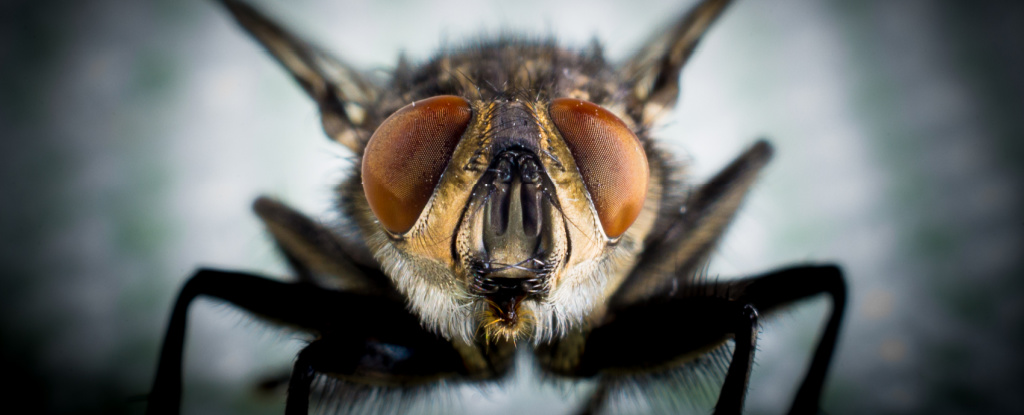Sensors, Vol. 24, Pages 2752: Tuning the Proportional–Integral–Derivative Control Parameters of Unmanned Aerial Vehicles Using Artificial Neural Networks for Point-to-Point Trajectory Approach
Sensors doi: 10.3390/s24092752
Authors: Burak Ulu Sertaç Savaş Ömer Faruk Ergin Banu Ulu Ahmet Kırnap Mehmet Safa Bingöl Şahin Yıldırım
Nowadays, trajectory control is a significant issue for unmanned micro aerial vehicles (MAVs) due to large disturbances such as wind and storms. Trajectory control is typically implemented using a proportional–integral–derivative (PID) controller. In order to achieve high accuracy in trajectory tracking, it is essential to set the PID gain parameters to optimum values. For this reason, separate gain values are set for roll, pitch and yaw movements before autonomous flight in quadrotor systems. Traditionally, this adjustment is performed manually or automatically in autotune mode. Given the constraints of narrow orchard corridors, the use of manual or autotune mode is neither practical nor effective, as the quadrotor system has to fly in narrow apple orchard corridors covered with hail nets. These reasons require the development of an innovative solution specific to quadrotor vehicles designed for constrained areas such as apple orchards. This paper recognizes the need for effective trajectory control in quadrotors and proposes a novel neural network-based approach to tuning the optimal PID control parameters. This new approach not only improves trajectory control efficiency but also addresses the unique challenges posed by environments with constrained locational characteristics. Flight simulations using the proposed neural network models have demonstrated successful trajectory tracking performance and highlighted the superiority of the feed-forward back propagation network (FFBPN), especially in latitude tracking within 7.52745 × 10−5 RMSE trajectory error. Simulation results support the high performance of the proposed approach for the development of automatic flight capabilities in challenging environments.

 1 week ago
22
1 week ago
22

